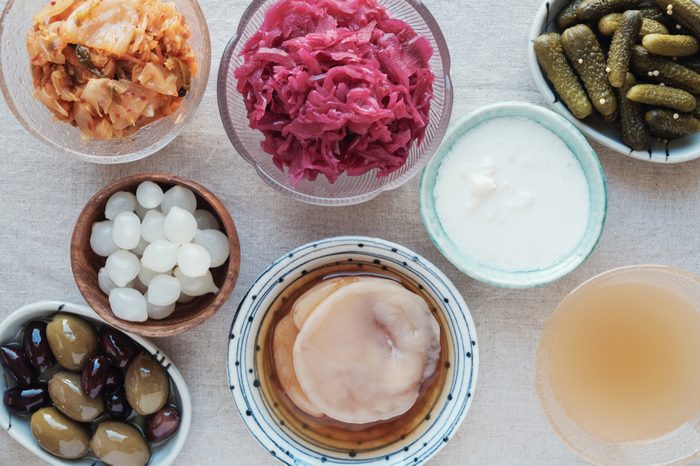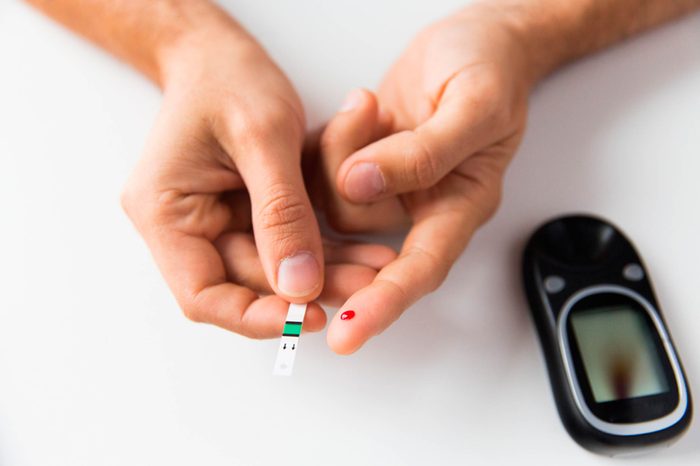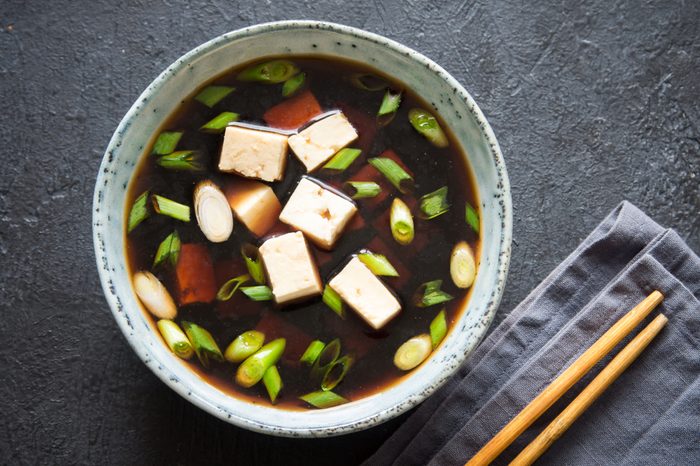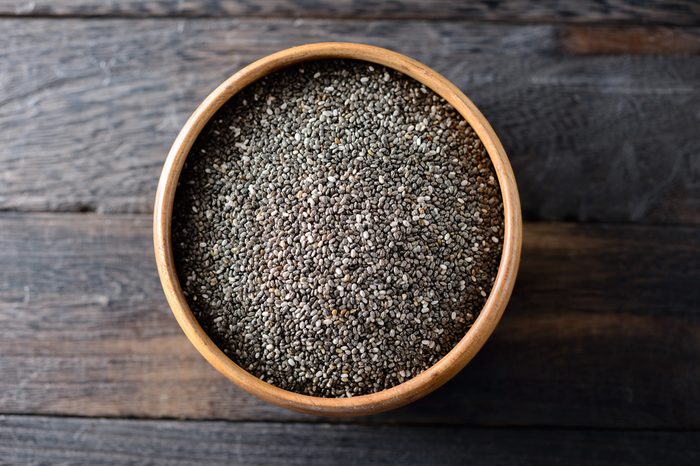
Understanding prebiotics vs. probiotics
Prebiotics, according to Alanna Cabrero, RD, founder and CEO of Alanna Cabrero Nutrition in New York, NY, are food, or nourishment, for the good bacteria in your gut. Probiotics, on the other hand, “are bacteria and yeast that support our body’s ability to absorb and digest nutrients,”she explains. They also help build a healthy immune system, including the ability to fight infection. Prebiotics, a type of fiber, encourage the sustainability of healthy bacteria. Together with probiotics, they promote better gut health. “One of the secrets to digestive health is to balance out the good and bad bacteria in your gut,” says Cabrero. She says to do this through eating probiotic-rich foods along with prebiotic fiber.

Why probiotics are important
A review of the research on prebiotics and probiotics published in a 2017 issue of Nutrients suggests that these bacteria can keep the immune system strong and reduce chronic inflammation, which is associated with serious diseases like diabetes, heart disease, and cancer. These bacteria can also improve digestion and skin. Furthermore, they may help maintain a healthy body weight. “Our gut—or some would say the ‘window to our health’—is home to 70 to 80 percent of your entire immune system,” says Cabrero. Therefore, “it’s important to keep it happy.”

Where can you find probiotics?
Probiotic-rich foods include fermented, or cultured, treats like kefir, sauerkraut, natto, tempeh, miso, kvass, kombucha, tepache and live-culture yogurt. Not sure if a food contains probiotics? Check the label and look for these words: Lactobacillus and Bifidobacterium. According to the National Center for Complementary and Integrative Health, those are the two most common types of probiotic bacteria.

Feeding your gut bacteria with prebiotics
When you think of prebiotics, think of fiber. They’re mostly high-fiber foods that, according to the Mayo Clinic, “act as food for human microflora.” Eating prebiotics can help improve the balance of these microorganisms. To reap the benefits, the Mayo Clinic suggests choosing foods like whole grains, greens, onions, garlic, soybeans, bananas, and artichokes. As for onions, not only do they help balance your gut, but red onions may be powerful cancer-fighters.

Where can you find prebiotics?
Another way to think of prebiotics vs. probiotics: The healthy bacteria in your gut—the ones you get from probiotic foods—feed on prebiotic fiber in other foods, Cabrero explains. She suggests eating high-fiber foods like onions, garlic, oats, bananas, ground, apples, and wheat. She also advises getting your prebiotics from food rather than from supplements. “Taking too much can cause bloating and gas,” she explains.

Getting the most from probiotics and prebiotics
“As much as feasible, avoid foods and lifestyle choices that can kill your good bacteria,” explains Cabrero. This includes the overuse of prescription antibiotics or other medications. Enjoy sweets? Eating too much sugar is also a culprit. So is stress, lack of sleep, smoking, and alcohol consumption. The Physicians Committee for Responsible Medicine reinforces these points, noting that “overuse of antibiotics can kill off healthy bacteria” and that sleep can positively affect your gut microbiome.

